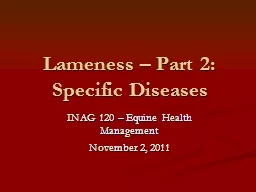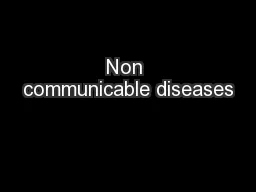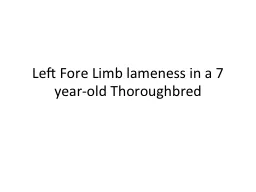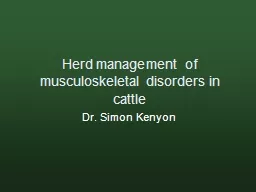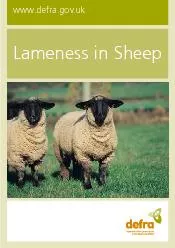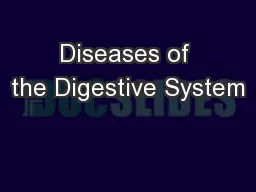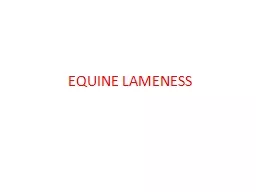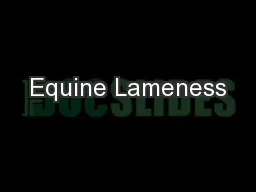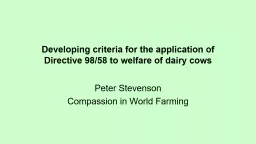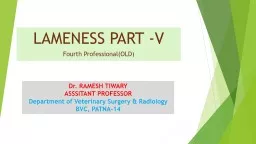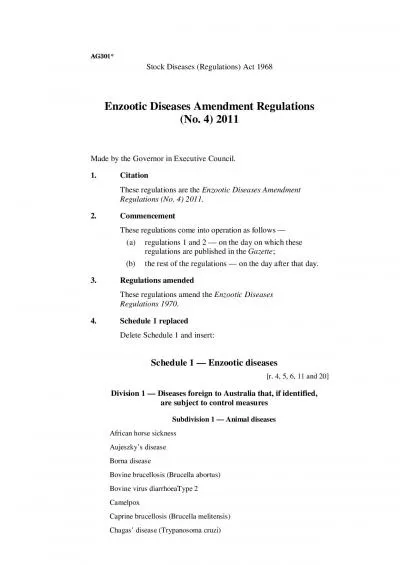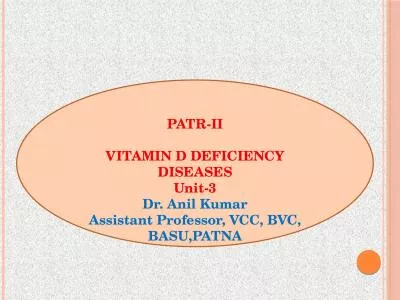PPT-Lameness – Part 2: Specific Diseases
Author : giovanna-bartolotta | Published Date : 2016-04-13
INAG 120 Equine Health Management November 2 2011 Common Lameness Disorders FRONT LIMB Shoulder Knee Fetlock Pastern Navicular HIND LIMB Stifle Hock Fetlock Pastern
Presentation Embed Code
Download Presentation
Download Presentation The PPT/PDF document "Lameness – Part 2: Specific Diseases" is the property of its rightful owner. Permission is granted to download and print the materials on this website for personal, non-commercial use only, and to display it on your personal computer provided you do not modify the materials and that you retain all copyright notices contained in the materials. By downloading content from our website, you accept the terms of this agreement.
Lameness – Part 2: Specific Diseases: Transcript
Download Rules Of Document
"Lameness – Part 2: Specific Diseases"The content belongs to its owner. You may download and print it for personal use, without modification, and keep all copyright notices. By downloading, you agree to these terms.
Related Documents

